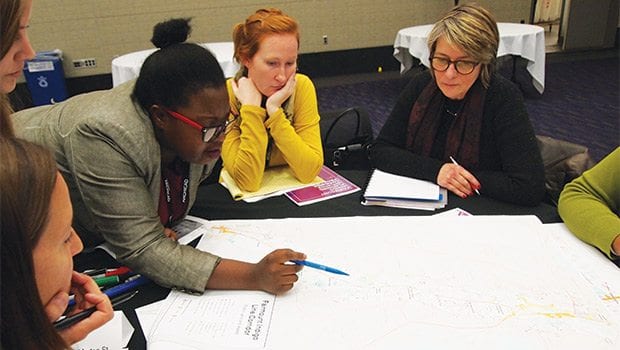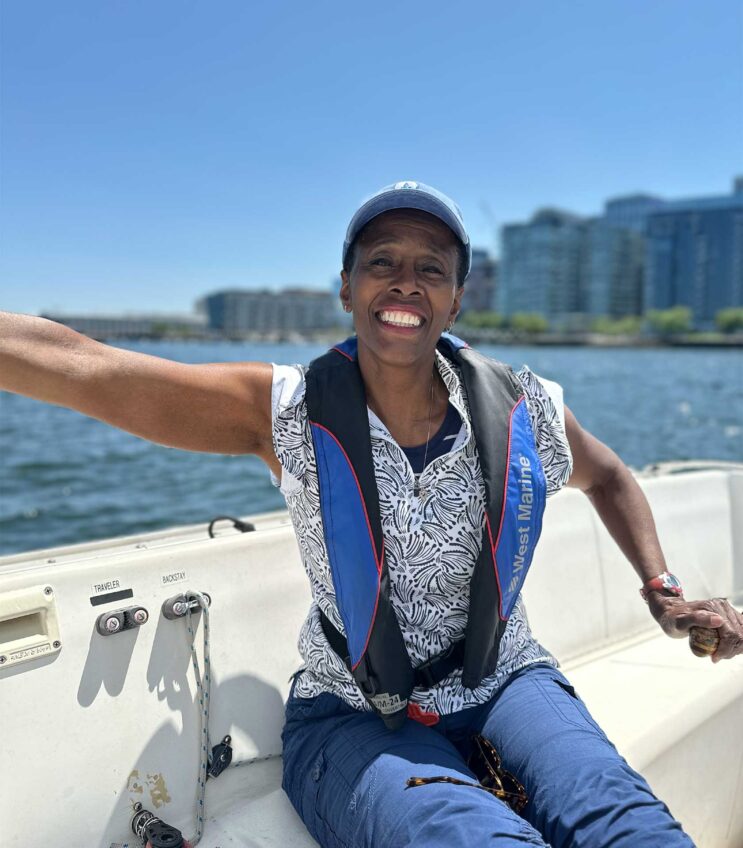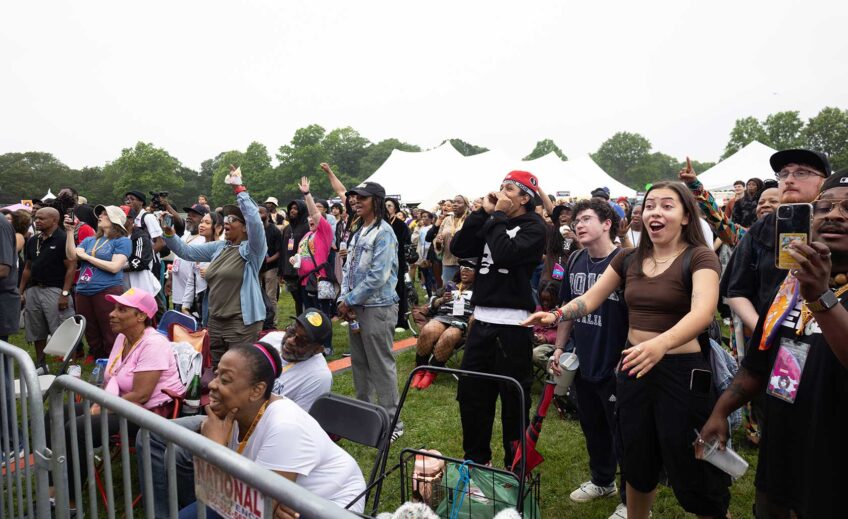
In the midst of a growing city, urban designers, planning officials, members of community development corporations and others gathered at Boston Exposition Center last Wednesday to discuss what it means to design with an equity lens. The discussion came as part of a two-day Architecture Boston Expos (ABX) symposium.
Among the complications, many said, is that those who make policy decisions often may not share the culture or perspective of those who ultimately are affected.
On the web
Read “Immigrant Engagement in Public Open Spaces: Strategies for the New Boston”: http://citeseerx.ist.psu.edu/viewdoc/download?doi=10.1.1.559.5940&rep=rep1&type=pdf
View the ABX2016 website: http://abexpo.com/conference/
Madeleine Taylor, a social anthropologist, co-authored a report on Boston’s immigrant experience, entitled “Immigrant Engagement in Public Open Spaces: Strategies for the New Boston.” During interviews for that report, she said she discovered that many new Bostonians have different expectations and desires for the use of public space that, under current models for thinking about such areas, may be unmet. Her interview subjects ranged from a Haitian immigrant in Mattapan, who missed having a outdoor space to practice religious rituals that she did not feel were understood or welcomed in her new community, to a soccer-loving boy from El Salvador, who missed the chance to play the sport without the strict regulations of the local league.
In many ways, urban planning has not caught up with actual use of the city, some speakers said. Tamara Roy, president of the Boston Society of Architects, noted that while two-thirds of Bostonians currently live in single and two-person households, only one-third of the housing stock fulfills a need for one-bedrooms and studios. The remainder, she said, comprises large-family housing.
Monica Tibbits-Nutt, executive director of the 128 Business Council and a member of the MBTA Fiscal Management and Control Board, said much of local transit was put in place 40 years ago, and fails to connect people to jobs and education, based on where a lot of people now live and work.
Many planners have gotten distracted — whether by disputes over costs or by the lure of rolling out fancy bus stop designs — from their core mission and public service duty that involves connecting people to where they need to go, she said.
“Yes, we need bus stops, but honestly, I think people just want to be able to get to school and work in a reasonable amount of time that doesn’t disrupt their lives, and they want to get there safely,” Tibbits-Nutt said.
True engagement
Speakers underscored the need to engage residents in shaping their communities and incorporate and build from any local planning efforts already underway. Not only are residents the ones able to truly express what they want, but they also bring institutional memory and a deeper understanding of which people and which facilities are playing critical roles in the community — such as the bodega that may keep the area from becoming a food desert, said Allentza Michel, coordinator of the Fairmount Indigo Network.
“We need to start looking at residents as co-experts in any process,” Michel said.
Meetings need to be accessible, held in the communities and spaces where people are, as well as include provisions to facilitate attendance, such as childcare and disability accessibility, Michel said.
Noting that many MBTA meetings have been called at the last minute or held during times when people with jobs cannot reach them, Tibbits-Nutt called for rethinking the approach to public engagement.
Flexibility
Many at the symposium also highlighted the need for flexibility in thinking and a willingness among planners to deviate from the traditional views and practices, in order to shape ideas to needs — a “form follows function” approach.
That includes viewing job opportunities that are unshackled from traditional fulltime, 40 hour-per-week positions. Entrepreneurship, including working more than one job simultaneously, should be considered, said one group of attendees. Recognizing the reality of the new economy also means new housing ideas, such as adjusting zoning to permit small units designed for compact living, said BSA’s Ray.
Fairmount example
Equitable urban design is not only about weaving inclusive practices into new projects. It also involves selection of projects that answer existing inequities, presenters said. The Fairmount Corridor is one vivid example: This section of the city is the least accessible to the public, does not possess large public open spaces and has the highest concentration of unemployment. Attendees were asked to use the area as a concrete example so as to ground their thinking in equity ideas.
During the breakout discussion sessions, attendees emphasized the need to engage insider understanding of neighborhoods in order to tailor design to specific local needs. For instance, three-family homes are popular in Mattapan, where there still is a demand for intergenerational housing, said folks from that neighborhood.
Another underlying message: Avoid designing a parcel in isolation, and view it within a wider context, including its impact on the larger community. Some projects, for example, may prove disruptive to the fabric of community. While a neighborhood can absorb a few houses with a revolving door of tenants, too much turnover can become disruptive, several attendees said, during a breakout discussion in connection with Talbot Ave. Other projects, such as community gardens and other common spaces, can play a role beyond their immediate use and strengthen community ties. These spaces provide opportunities for residents to come together and bond as a community, observed Vivien Morris, chair of Mattapan Food and Fitness Coalition.






